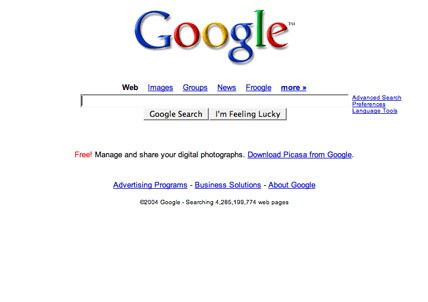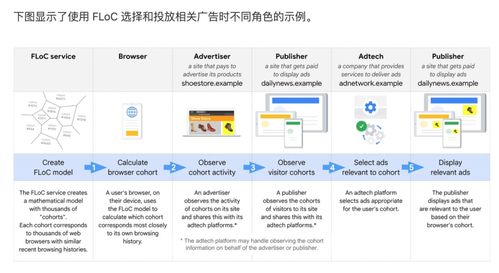Google Internet Advertising: A Comprehensive Guide for Marketers
Are you looking to expand your online advertising efforts? Google Internet Advertising is a powerful platform that can help you reach your target audience effectively. In this detailed guide, we will explore the various aspects of Google’s advertising solutions, from setting up your campaign to measuring its success.
Understanding Google Ads

Google Ads, previously known as Google AdWords, is an online advertising platform that allows businesses to promote their products or services on Google’s search engine and its partner websites. By using Google Ads, you can appear in search results, on websites, and even on YouTube videos, reaching potential customers at the right moment.
Here’s a quick overview of the key components of Google Ads:
| Component | Description |
|---|---|
| Search Ads | Appear at the top of Google search results when someone searches for keywords relevant to your business. |
| Display Ads | Appear on websites and apps that are part of the Google Display Network, reaching a broader audience. |
| Video Ads | Play on YouTube and other Google-owned properties, reaching users who are watching videos. |
| Shopping Ads | Display your products in a visually appealing format when someone searches for related products. |
Setting Up Your Google Ads Campaign

Before you can start advertising on Google, you need to set up a Google Ads account. Here’s a step-by-step guide to help you get started:
- Go to the Google Ads website and click on “Start now.” Sign in with your Google account or create a new one.
- Enter your business information, including your business name, address, and phone number.
- Select your campaign type, such as Search, Display, Video, or Shopping.
- Choose your target audience, including location, language, and devices.
- Set your budget and bidding strategy. You can choose to bid manually or let Google optimize your bids for you.
- Create your ad, including a headline, description, and a display URL.
- Review and submit your campaign for approval.
Optimizing Your Google Ads Campaign

Once your campaign is live, it’s important to monitor its performance and make adjustments as needed. Here are some tips for optimizing your Google Ads campaign:
- Analyze your campaign’s performance regularly. Use the Google Ads dashboard to track metrics such as clicks, impressions, and conversion rates.
- Refine your keywords. Add negative keywords to exclude irrelevant traffic and improve your ad’s relevance.
- Split test your ads. Create multiple versions of your ad and test them to see which one performs better.
- Adjust your budget and bidding strategy based on your campaign’s performance.
- Use ad extensions to provide additional information about your business, such as phone numbers, location, and links to specific pages.
Measuring the Success of Your Google Ads Campaign
Measuring the success of your Google Ads campaign is crucial to understanding its impact on your business. Here are some key metrics to track:
- Click-Through Rate (CTR): The percentage of people who clicked on your ad after seeing it.
- Cost Per Click (CPC): The average amount you pay each time someone clicks on your ad.
- Conversion Rate: The percentage of people who completed a desired action, such as making a purchase or filling out a contact form.
- Return on Ad Spend (ROAS): The revenue generated from your campaign divided by the amount spent on advertising.
By tracking these metrics, you can gain valuable insights into the effectiveness of your Google Ads campaign and make data-driven decisions to improve its performance.
Conclusion
Google Internet Advertising is a powerful tool for businesses looking to reach their target audience online. By understanding the platform’s features, setting up a well-



